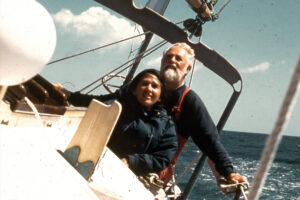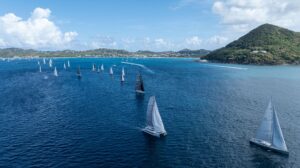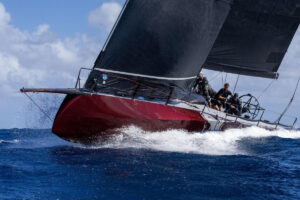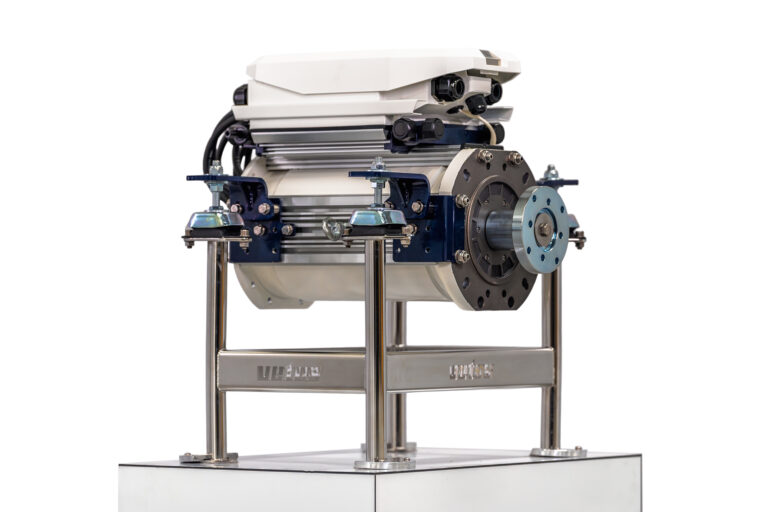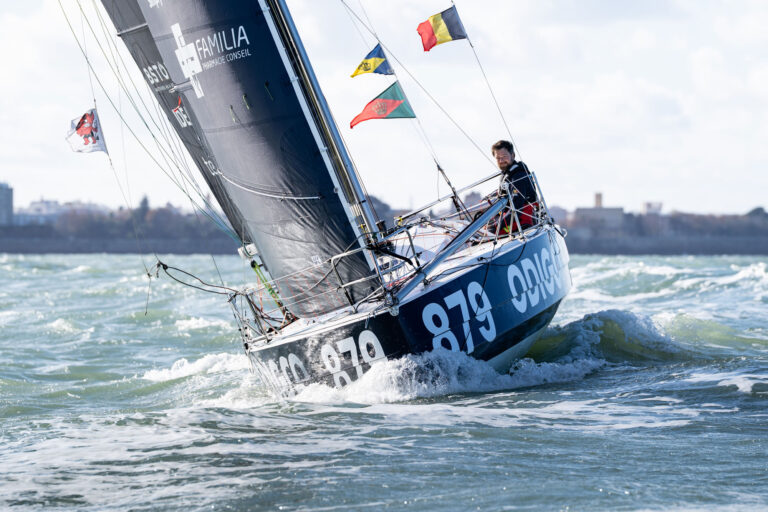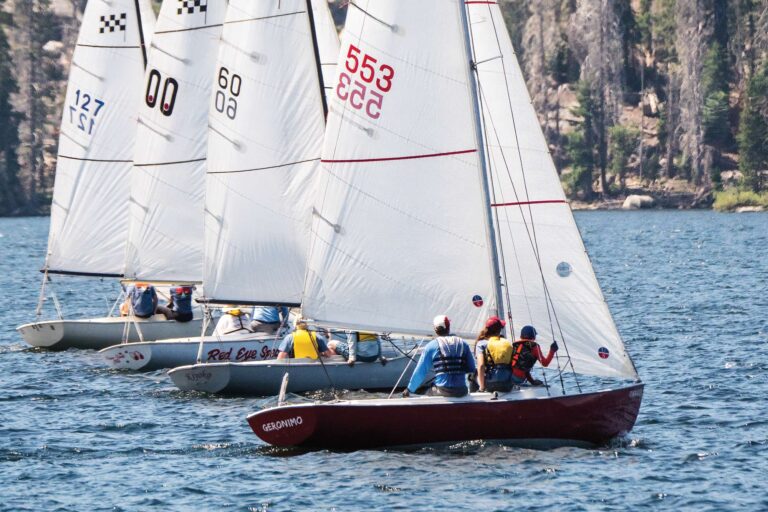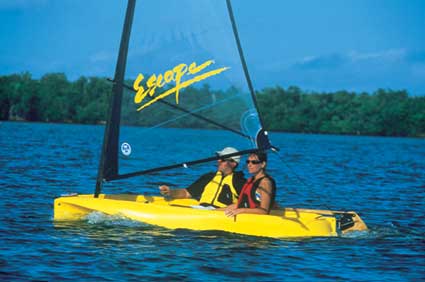
Sunfish Laser unveiled the revolutionary Escape daysailer two years ago in Florida. Company president Peter Johnstone remarked, I want to bring new sailors into the sport, and until the creation of the Escape, the vehicle to do so did not exist. At just under 12 feet, rotationally cast of impact-resistant polyethylene and foam, powered by a simple self-tacking rig with its own dial-up trimming key, stable as a gym floor, the Escape had instant appeal. It went on to become one of the best-selling sailboats in North America. It has been joined this year by a smaller version, the Escape 9.
These boats are innovative and unintimidating; designed to bring people into sailing easily. If you already know how to sail, it’s straight to the fun. Escapes make great performance dinghies to launch when you reach a new anchorage and want to stretch your big-boat cruising legs.
Rotational molding with polyethylene, a technology utilized for years to build kayaks and other small boats, allows Escapes to be produced inexpensively. They are tough enough to drag up a beach, over your toe rail, or even across a parking lot with a heavy company representative aboard. Regarding long-term effects of ultraviolet rays, a company spokesman said that sea kayaks produced with the same process and subjected to the same environmental conditions have fared well over a period of years.
Aboard both the 12 and the 9, designer Garry Hoyt of Newport R&D provides a fine entry forward that flairs dramatically out over the water. The flair begins above the prow, extends aft as the hull rises to meet it, and ends in a flat, wide stern – hence these boats’ substantial form stability. Two riblike longitudinals extend fore and aft along the bottom to aid tracking. The deck is convex to shed water over the bow.
Rigging up is easy. The sail slips over a light, two-piece carbon fiber mast and is secured with industrial-grade Velcro. There are only two lines; one rolls and unrolls the sail around the mast, and the other is the sheet. A spring-loaded kick-up rudder and a retractable daggerboard get you in and out of shallow water. The boom is inserted into the deck just aft of the mast, where it pivots according to trim.
A great feature for beginners is Escape’s color-coded AutoSail system. Just forward of the mast, a wind indicator spins atop a color-coded card. Corresponding colors encircle the base of the pivoting boom. Line up the arrow on the boom with the color indicated by the windex and youÕre in trim. I’ve been sailing for 40 years and I found myself peeking to see if the AutoSail agreed with me. It mostly did; when it didn’t, it was more on track than I was.
A wide, sealing hatch in the deck allows gear stowage inside the hull, and optional gear bags attach on deck just aft of the boom. The 12 is intended for one or two people; the 9 is more of a solo gig, although it will accommodate an adult and child handily. An open stern evacuates any water that comes aboard and makes climbing into the boat from deep water easy. Recessed drink holders molded into the after portions of the deck do double duty as handholds when boarding from the water. Both boats are designed to provide positive buoyancy when awash, even with the interiors flooded. The Escape 12 tips in at $2,199, the 9 at $1,899.
Escape 12 Specifications
LOA: 11’6″ (3.5 m.)
Beam: 4’9″ (1.4 m.)
Disp: 135 lbs. (61.2 kgs.)
Sail area: (100%) 62 sq.ft. (5.8 sq.m.)
Designer: Garry Hoyt
Base price: $2199
Escape Sailboat Co.
200 Highpoint Ave.
Portsmouth, RI 02871
Phone: (401) 683-5900

